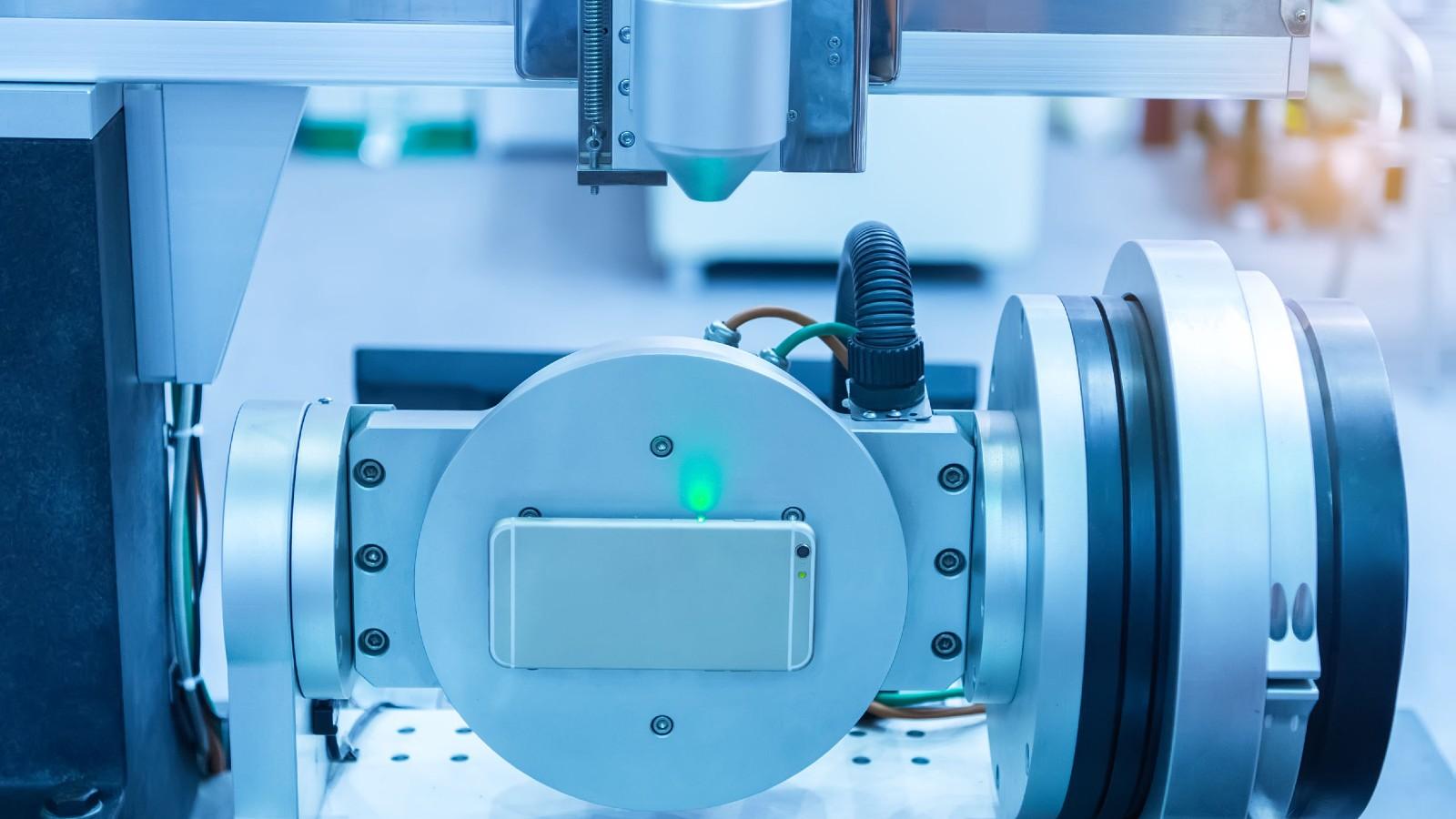The expectation before the arrival of 5G in our lives is maximum. We are insisted that, with this ultra-fast connection, we have ahead of us a future populated by autonomous cars, remote-controlled surgical operations and hours and hours of online video without the slightest interruption. However, what many forget is that this will not be possible without the help of a shadow ally. An invaluable driver of real-time data processing that will enable the true emergence of Industry 4.0: edge computing.
What is edge computing?
Edge computing is a decentralized data storage and processing system that provides the technical architecture necessary for processes to be carried out as close as possible to the devices that collect the information, that is at the edge, at the very end of the network. This prevents data from traveling to a central server for analysis, thereby speeding up the response to captured stimuli.
Edge computing, in alliance with 5G, saves bandwidth in operations, reduces the latency period and enables the long-awaited decision-making in real time, vital in sectors such as telecommunications, health and, of course, the industry.
Grand View Research estimates that by 2025 the edge computing market will move around $ 28.8 billion, with a compound annual growth rate of 54%.
Edge computing is the premise for the development of the IoT (Internet of Things), that is, for there to be a true interconnection between the sensors and for them to have autonomy in decisions regarding the central node of the network. It is a critical technology for harnessing the activity of the more than 150 billion devices that Seagate and IDC's The Digitization of the World - From Edge to Core study predicts will be connected to the Internet around the world by 2025 .
Differences between edge computing, cloud computing and fog computing
Compared to edge computing, cloud computing is defined as a paradigm for storing and processing data on remote servers accessible to users from anywhere and on any device, if an Internet connection is available. Edge computing does not replace this architecture, but rather complements it, since, given the saturation experienced by some cloud data centers, edge computing performs a filtering task that discards irrelevant information and selects what is important to long-term storage.
Fog computing or computing in the fog can be considered an intermediate step between the cloud and edge computing. In this case, the analysis of the data takes place in a layer midway between the cloud and the devices at the edge of the network. However, the delimitation of this fog zone is diffuse, and there are experts who prefer to call anything other than the cloud fog computing and consider edge computing as part of fog computing.
Edge computing advantages
Edge computing, supported by 5G, has the following advantages over data processing in the cloud:
- Reduces the delay in data communication.
- Supports analysis and reaction in real time.
- Reserve bandwidth for truly necessary data traffic.
- Protects sensitive information: the fewer nodes the data travels through, the less likely a security breach will occur.
- Helps isolate system faults and allows the rest of the network to continue to operate independently.

Edge computing in the industry
On a practical level, edge computing has a wide range of uses in the industrial world. Let's see some of them:
- Machine learning. By shortening latency in data transmission, edge computing facilitates machine learning by systems.
- Predictive maintenance of machinery. It helps to identify the risk of breakdowns at an early stage, giving the option to prevent or remedy them before they cause mishaps.
- Biometric recognition. It reinforces access controls and security measures, ensuring the instant identification of workers and allowing them to enter authorized environments.
- Smart sensor networks. Edge computing empowers each information gathering device separately and within its network, expanding the scope of its functions. The data processing occurs directly at the sensor or at the so-called edge gateways, routers very close to the source of the information.
- Automation of production. The real automation of production processes, without cuts or inefficiencies, is only possible if latency times in data traffic are minimized. With edge computing, assembly monitoring can be carried out in real time, as can the reorientation of tasks have performed by industrial machines and cobots.
Edge computing will soon be the norm within Industry 4.0. If you dedicate yourself to engineering, dozens of companies need you. Check the job offers in your sector that we have active in BETWEEN, and start leading the technological change at the same time as you boost your professional career!


